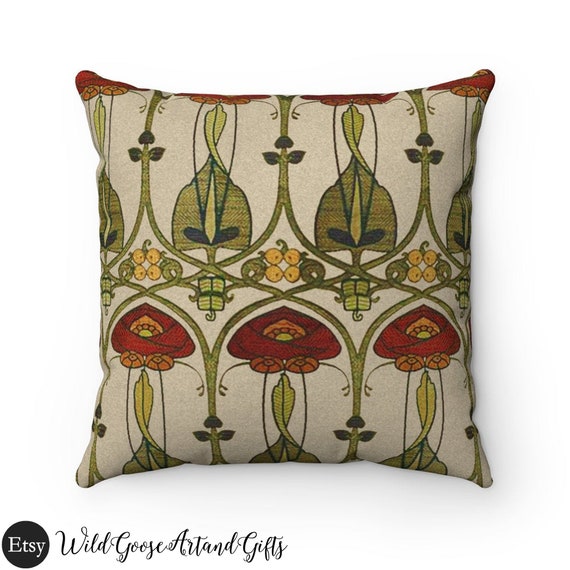The Buzz on Unique Art
The Buzz on Unique Art
Blog Article
Some Ideas on Unique Art You Need To Know
Table of ContentsLittle Known Facts About Unique Art.Unique Art Fundamentals ExplainedUnique Art Fundamentals ExplainedA Biased View of Unique ArtThe Buzz on Unique Art
While one could dispute which art form holds priority, the truth remains that each of these seven forms supplies a distinct home window right into human history, society, and development. Unique Art. They are the tapestries that chronicle our trip, reminding us of our past while motivating visions for the future
3 Emil DervishIn this entranceway by Emil Dervish that gorgeous cobalt blue door takes the show. To bring a lot more dramatization, he expanded the paint. to the doorframe and the wall up, ending up in an arched form (Unique Art). The contours, along with a round sconce, soften the edges. After that frames vintage posters and maps of beloved locations established the scene.
Some Of Unique Art
8 TRIA GIOVANEqual components grand and laidback, this foyer made by Anthony Baratta is the best blueprint to comply with if you're decorating a formal entry that still feels unfussy and comfy. Formed textiles take center stage (see the rugs and the sofa), yet they additionally help bring the high ceilings to a human scale when hung over wallpaper.
18 Heidi Caillier DesignA gallery wall surface doesn't need to take up the entire area. Sometimes a tiny one can make a larger style declaration. In this living room, Hiedi Caillier decided for micro-mini structures and an arbitrary make-up.
, the expression of concepts and feelings, with the production of specific aesthetic qualities, in a two-dimensional aesthetic language. The elements of this languageits shapes, lines, colours, tones, and texturesare utilized in numerous means to generate sensations of volume, room, activity, and light on a flat surface. These aspects are combined into meaningful patterns in order to represent real or mythological sensations, to analyze a narrative theme, or to create wholly abstract aesthetic relationships.
Later on the concept of the "fine artist" developed in Asia and Renaissance Europe. Prominent painters were paid for the social status of scholars and courtiers; they signed their job, determined its design and typically its subject and imagery, and developed a more personalif not always amicablerelationship with their patrons. During the 19th century painters in Western societies began to lose their social position and protected patronage.
The Buzz on Unique Art
Others made a revenue with exploring exhibits of their job. The need to appeal to an industry had actually replaced the similar (if less impersonal) demands of patronage, and its effect on the art itself a knockout post was probably similar. Typically, artists in the 20th century can get to a target market just via business galleries and public museums, although their job may have been occasionally duplicated in art regulars.

Don't duplicate the design of various other artists if you're searching for your style. Duplicating other individuals's artwork can be excellent in educational objectives but it will official source certainly not make you closer to finding your very own unique style. Your imaginative style needs to be, what you like and what influences you.
The Unique Art Statements
I would certainly think of your very own style as a style you paint in naturally, when you let go of all thoughts and policies and just concentrate on painting, not considering it. The design needs to come naturally to you when you are loosened up and you can't force it or it won't be your own style, just another person's.
You need to try great deals of various options and discover everything before you can concentrate on one specific design or you'll be tired, or worse, you'll hate your very own design. So I suggest you to try each and every single subject that you're interested in, explore as high as you can. Try different mediums that delight you and brand-new methods you've never tried before.
With time you'll have the ability to sort every one of them into your preferred and the very least preferred groups. Attempt to focus your focus on the topics and tools that you like and before you see it coming you'll have your very own individual and distinct style, like nobody else have! In the end you'll have a couple of favored topics to paint and possibly a few favorite mediums.
Unique Art for Beginners
The design needs to establish itself over time with a great deal of practice and experiments. Thank you for reading this message and if you have any questions leave them in the comments learn the facts here now listed below, I 'd enjoy to answer these.
Report this page